Top 5 Apps Every Japan Tourist Should Download Before Visiting
Planning a trip to Japan? 🇯🇵 As exciting as it is, many travelers feel nervous about navigating the language, trains, and daily logistics. Don’t worry—Japan is a very tech-friendly country, and the right apps can make your trip much smoother.
As a local, I’ve helped many international friends get around Japan. Here are the top 5 apps I always recommend to reduce stress and enjoy your trip to the fullest. I’ll also share a few practical tips on when and how to use them most effectively.
1. Google Maps (for easy navigation)
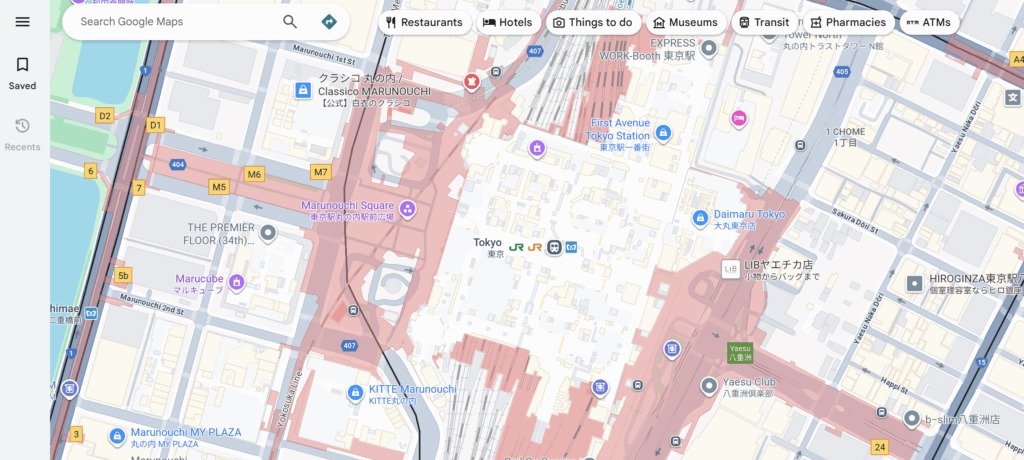
Japan’s public transportation is amazing, but it can feel overwhelming at first. Google Maps is one of the most reliable tools for getting around. It provides accurate train schedules, platform information, and walking directions. Whether you’re heading to a popular sightseeing spot in Tokyo or navigating narrow backstreets in Kyoto, this app helps you stay on track.
If you’re going somewhere with limited signal, you might also try Maps.me, which lets you download full maps for offline use. It’s particularly helpful for hikers and those exploring more remote areas. While it doesn’t include train route planning like Google Maps, its offline strength makes it a good backup when mobile data isn’t available.
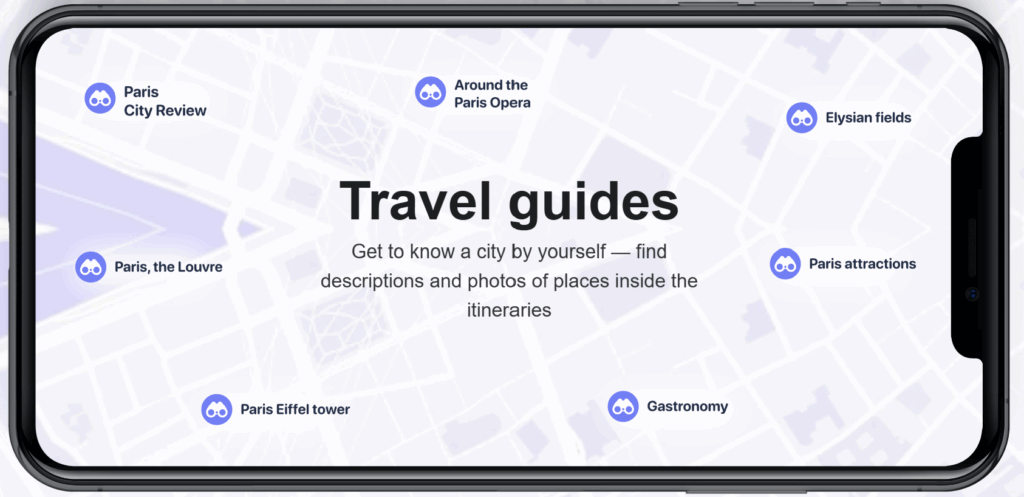
Local tip: Before you arrive in Japan, make sure to download Google Maps and save offline areas of key destinations like Tokyo, Kyoto, or Hokkaido. This way, you won’t be stuck even if your connection drops.
2. Navitime for Japan Travel (for train pros)
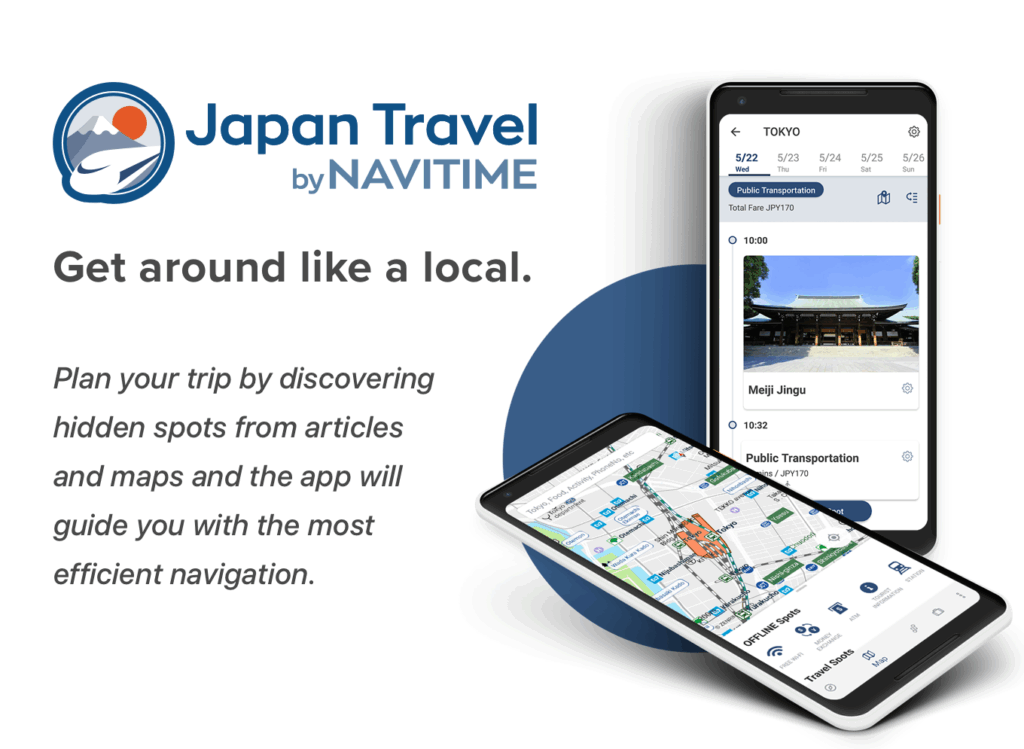
Navitime is a Japanese-developed app designed specifically for tourists. It’s particularly useful for navigating the train system. What I love about it is that it lets you filter routes that are covered by the Japan Rail Pass, and you can also use some features offline. This came in handy when we were traveling in the countryside and didn’t have consistent signal. It also supports English, which makes it very tourist-friendly. We used this during our trip to rural Japan, and it was incredibly helpful—check it out [here].
Some travelers also ask about Hyperdia, which was once the go-to train planning app. However, it’s no longer updated and lacks current timetable data. Google Maps can also serve as a basic train planner, but it doesn’t offer the same level of detail and filtering options that Navitime does for Japan-specific routes.
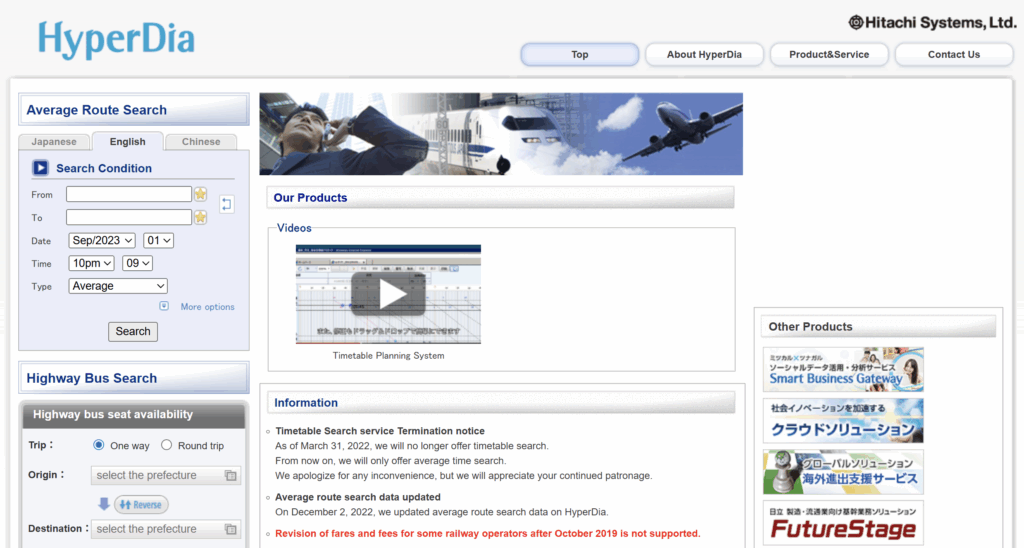
Local tip: Some transport apps only appear in the Japanese version of the App Store or Google Play. It’s a good idea to download and set up Navitime before you leave your home country.
3. Microsoft Translator & Papago (for communication)
While many Japanese people are kind and helpful, English isn’t widely spoken in daily life, especially outside of major tourist areas. That’s where translation apps really shine. Microsoft Translator is a strong all-around choice that supports voice translation, offline downloads, and split-screen conversation mode. It has a clean interface and works well for both written and spoken interactions.

Papago, developed by Naver, is another excellent tool, especially for Korean and Japanese. Its translations often sound more natural in casual conversation compared to other apps. While it lacks some of the broader language support of Microsoft Translator, it’s very user-friendly for travel situations.
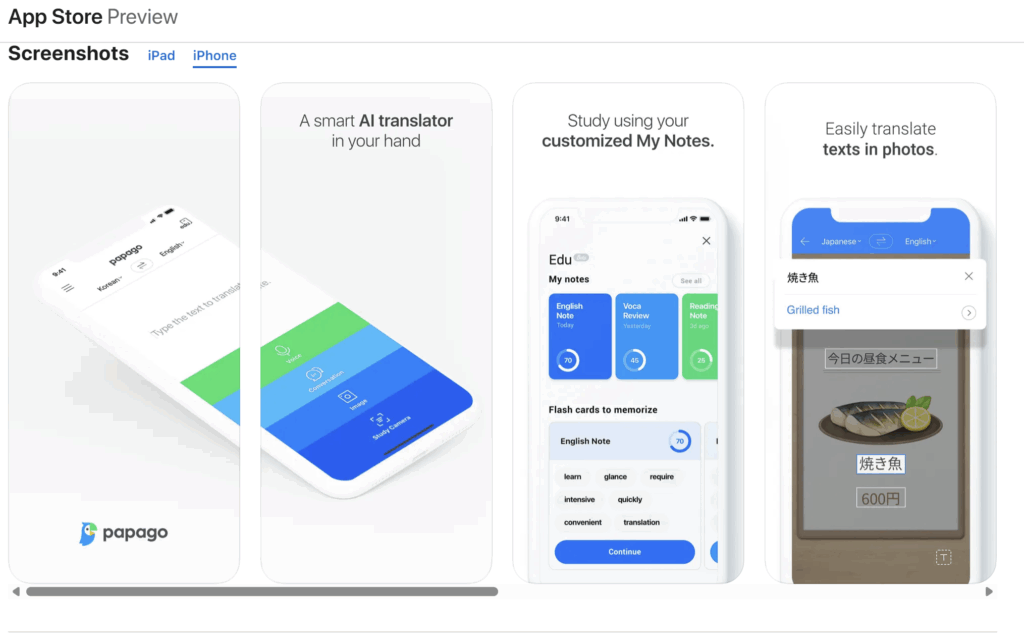
Local tip: Download the Japanese language packs in advance so these apps work offline. And if an app’s English menu doesn’t show, try switching your phone’s language settings—some apps respond to your device language.
4. Suica/PASMO App (for easy transportation)
When it comes to getting around Japanese cities, IC cards like Suica and PASMO are incredibly convenient. These can now be used as digital cards on your phone through Apple Wallet or Google Pay. You can tap to ride trains, subways, and buses without needing to buy a ticket each time.

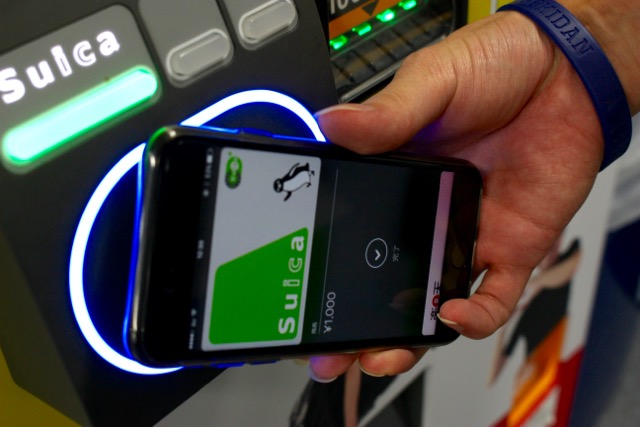
The apps allow you to manage your card balance and recharge directly from your device. Suica tends to work particularly well with Apple Pay, making it a popular choice for iPhone users. Just make sure to check compatibility with your phone model and region.
For travelers heading to western Japan, ICOCA is a similar IC card option, though app-based features may be more limited for international users.
Local tip: Set up your Suica or PASMO app before you arrive, and make sure your device region is set to Japan if needed to access the download. Once set up, riding public transport becomes much smoother.
5. Safety Tips & Japan Safe Travel (for peace of mind)
While the “Japan Official Travel App” was discontinued in 2023, there are still excellent tools to help you stay safe and informed during your trip.
One of the most reliable is Safety Tips, developed for international visitors. It provides real-time alerts for earthquakes, tsunamis, typhoons, and other emergencies in English. The alerts can be loud, but they are crucial and may even save your life.
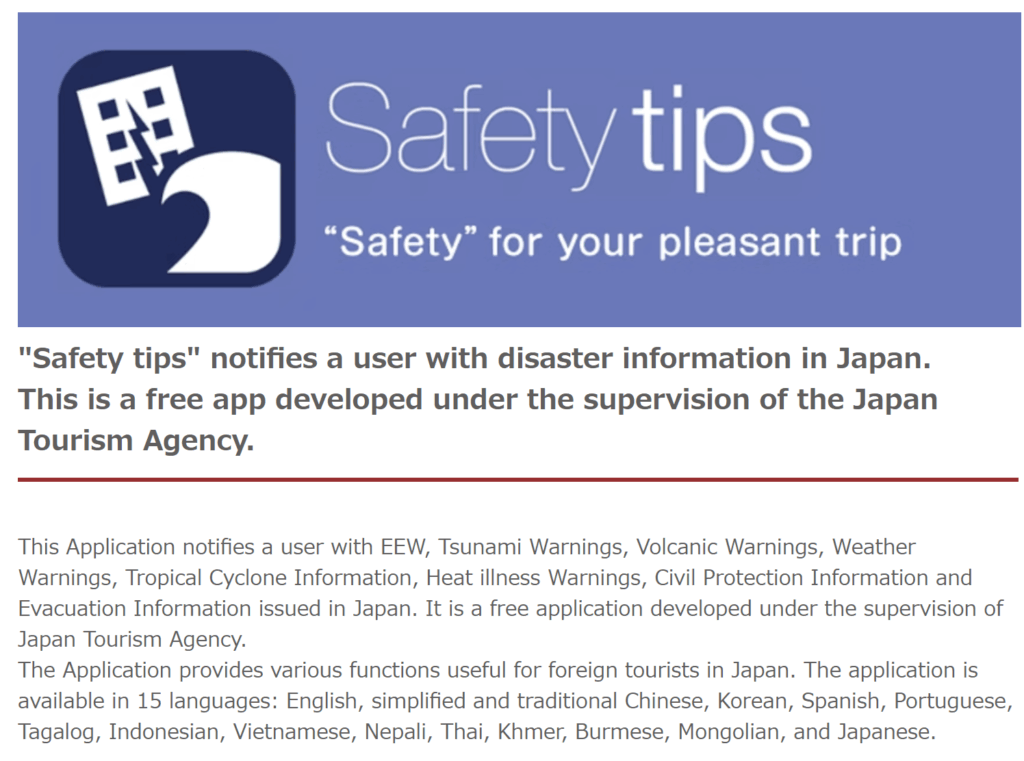
In addition, Japan Safe Travel, a web-based service by JNTO, offers updated information on natural disasters, transportation disruptions, and safety guidance in English. Although it’s not an app, bookmarking this site on your phone gives you quick access to official updates when needed.
A good complement to these is NHK World Japan, which offers reliable English-language news and updates, including breaking disaster coverage and cultural insights. While it doesn’t offer location-specific alerts like Safety Tips, it provides valuable context during uncertain situations.
Local tip: Keep your phone volume on during your stay—earthquake alerts are intentionally loud and sometimes arrive seconds before shaking starts. Having both an alert app and a trusted info source like Japan Safe Travel gives you a broader safety net.
Before You Download: Internet Access in Japan
To use these apps, you’ll need internet access. While Japan has decent mobile coverage, free Wi-Fi isn’t always reliable or available everywhere. I recommend getting either an eSIM or renting a pocket Wi-Fi device. We used an eSIM and it worked great throughout our trip—here’s the one we recommend [link]. If you’re traveling with family or friends, a pocket Wi-Fi might be more cost-effective, since multiple devices can connect at once.
Local tip: Your first opportunity to use these apps will likely be at the airport—finding the train to your hotel or translating a sign—so make sure they’re set up before you land.
What Works Offline?
If you’re going off the grid or riding trains through remote areas, you’ll want some offline options. Google Translate and Navitime both let you download content in advance, so you won’t be stuck without information. You can also try Maps.me for full offline navigation—it’s especially useful for hiking or exploring areas with weak signal.
Local tip: Don’t rely solely on digital tools. Carrying a paper train map or a written note with your hotel address can be a lifesaver if your battery runs out or your phone malfunctions.
Bored on the Train? Try These Entertainment Apps
Japan’s trains are comfortable, but longer journeys can get boring. To pass the time, I like using NHK World Japan, which offers English-language news and cultural documentaries. If you’re into manga, the LINE Manga app offers a good selection—some titles are even available in English. And of course, YouTube Premium is great for watching videos without ads, even offline.
Local tip: Many Shinkansen seats have power outlets, and some cafes offer charging stations. Still, I always carry a compact power bank—it’s come in handy more times than I can count.
Other Handy Apps You Might Like
While not essential, there are a few other apps that I personally find useful. LINE is Japan’s most popular messaging app, and it’s handy if you’re connecting with local friends. For foodies, Gurunavi and Tabelog help you find restaurants and read reviews, often with photos and menus. There’s also TABIMORI, a multilingual travel guide app developed by Narita Airport that combines useful information in one place.
Having these apps on your phone before you land in Japan can make a big difference. From catching the right train to ordering the right dish, a little preparation goes a long way. Download them ahead of time, test them out, and bring a few backups just in case. Let’s explore Japan together with less stress and more fun! ✨



